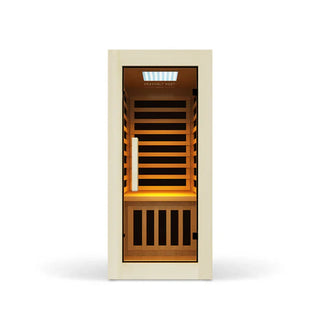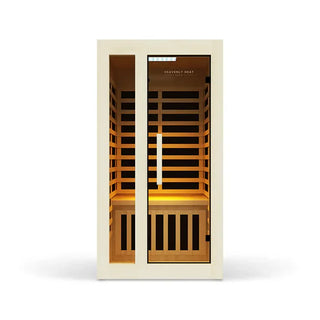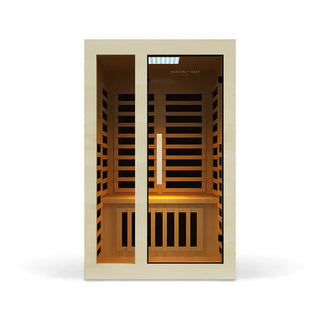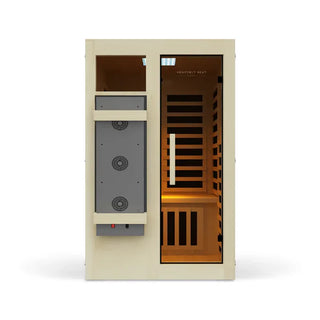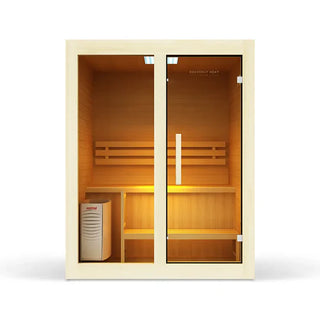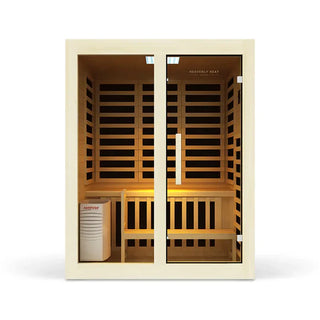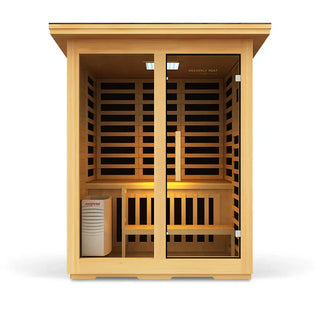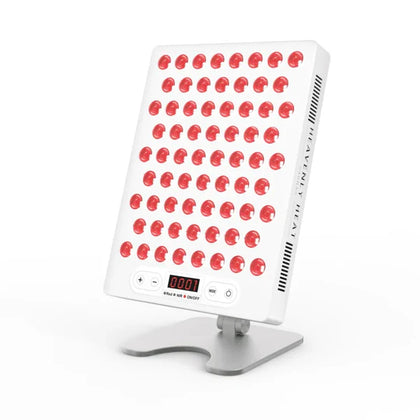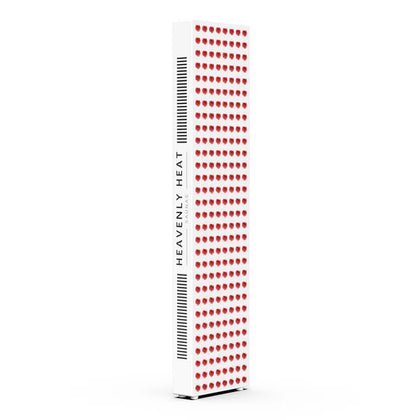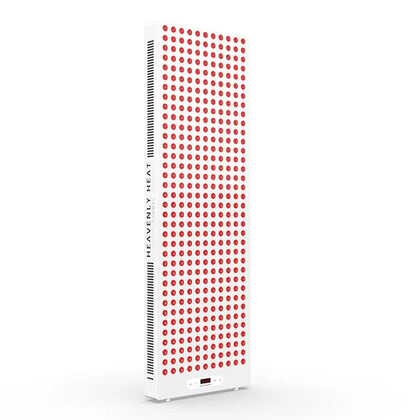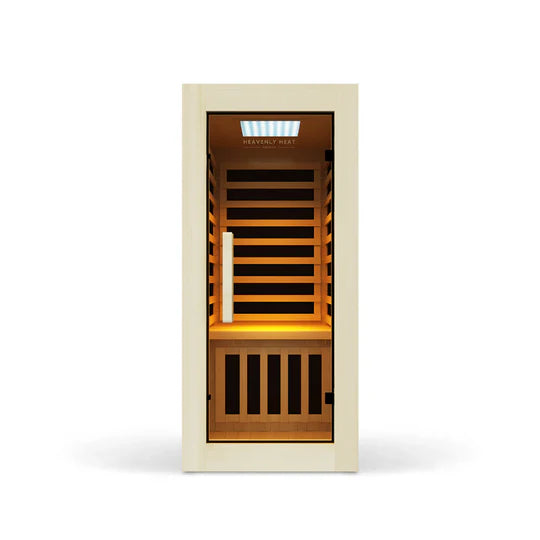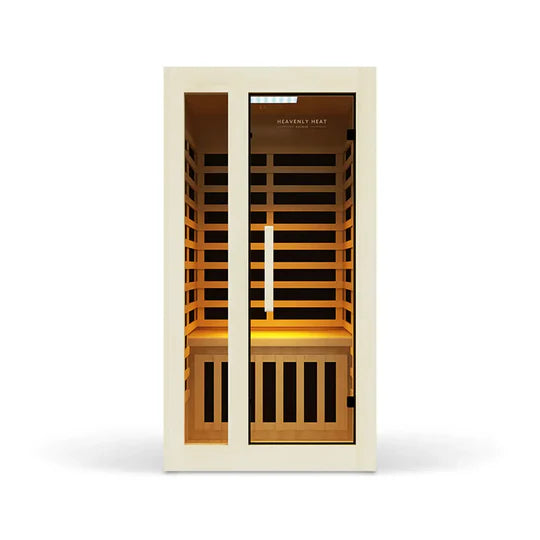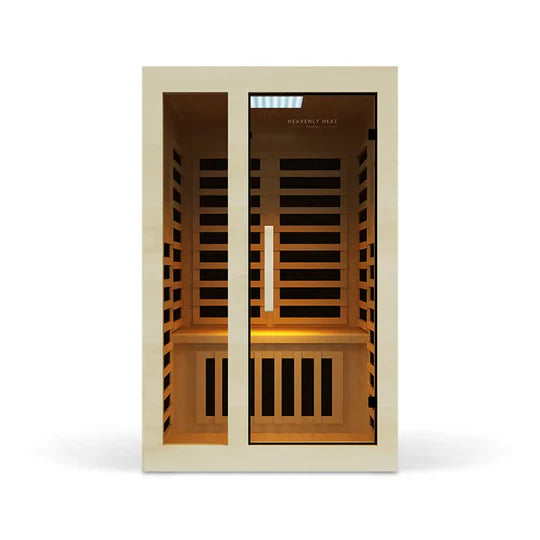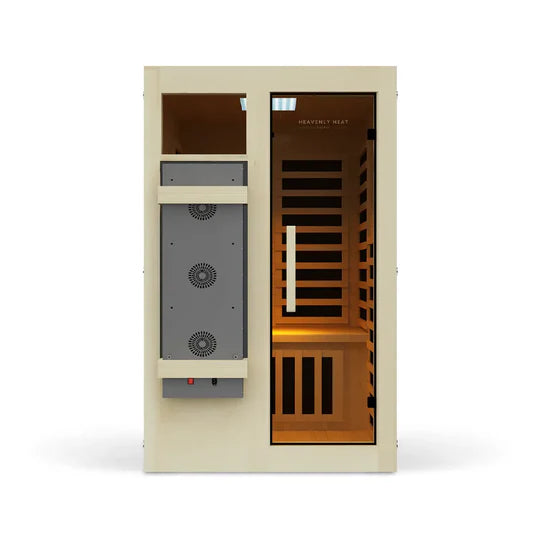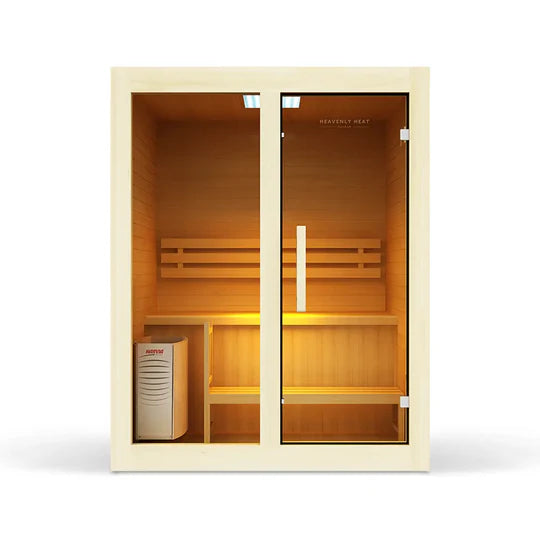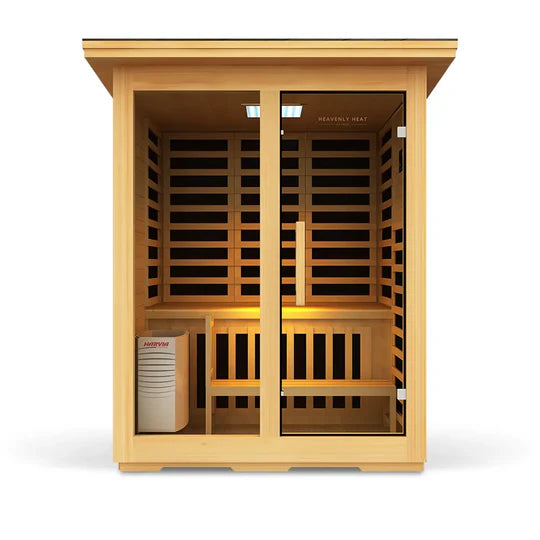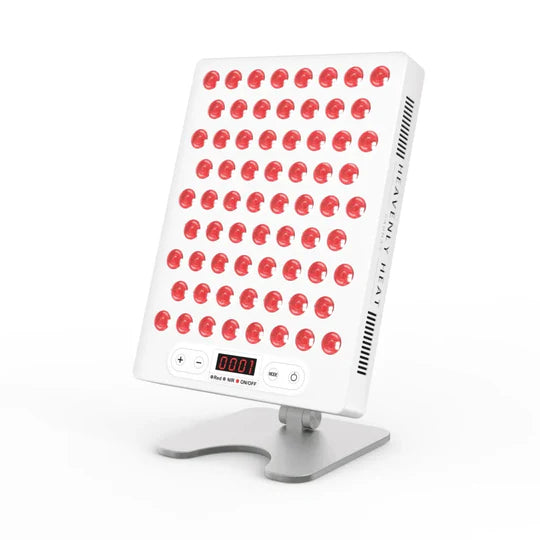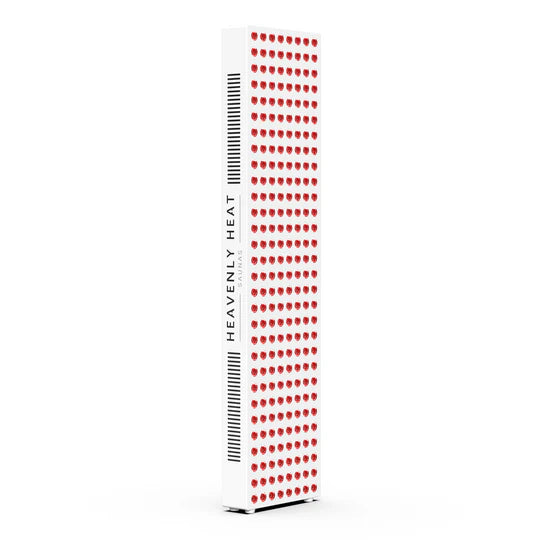Should You Stretch Before or After Sauna? Benefits and Tips

Not sure when to stretch before or after your sauna session? Stretching at the wrong time can lead to injury or missed benefits, leaving you frustrated.
In this post, we will clear up the confusion and provide the best tips for timing your stretches to enhance flexibility, recovery, and overall sauna experience. Let’s get the most out of your routine!
Key Takeaways
-
Stretching before a sauna helps prepare your muscles for heat exposure and enhances circulation.
-
Post-sauna stretching is more effective for increasing flexibility and reducing stiffness.
-
Dynamic stretches before a sauna increase blood flow, while static stretches after enhance muscle relaxation.
-
Stay hydrated before and after a sauna to prevent dehydration and ensure effective stretching.
-
Listen to your body: avoid overstretching and take breaks if you feel discomfort or dizziness.
Benefits of Stretching
Enhances Muscle Flexibility and Mobility
- Stretching helps your muscles move more freely: When you stretch, your muscles get longer, which makes it easier for your joints to move without feeling tight or stiff.
- Regular stretching keeps your body moving easily: Doing stretches often helps your body stay loose and flexible, so you don’t feel stuck or restricted when you move.
- Using different types of stretches gives better results: Combining moving stretches like leg swings with still stretches like holding your hamstring helps you become more flexible in a balanced way.
- As you get older, stretching becomes more important: Flexibility naturally gets worse with age, but regular stretching can slow that down and help you stay active.
- Stretching a few weeks in a row can really boost flexibility: If you keep stretching regularly, you can improve your flexibility by up to 20% in just a few weeks, especially when using passive stretches where you hold the position.
Reduces Muscle Stiffness and Tension
- Stretching helps loosen tight muscles and ease tension: When you stretch, blood flows better to your muscles, helping them relax. This directly reduces stiffness and makes your body feel more comfortable.
- Regular stretching after workouts keeps cramps away: Stretching right after exercise can stop cramps before they start. It gives your muscles a chance to cool down smoothly and prevents sudden tightness.
- Simple leg and hip stretches reduce the soreness you feel later: Stretches like calf raises, hamstring stretches, and hip flexor stretches target areas that usually feel stiff after a workout. Doing these makes a big difference.
- Stretching clears out the stuff that makes muscles sore: When you move and stretch your body, it helps get rid of lactic acid buildup, the stuff that causes soreness after intense workouts.
- Taking 10 minutes to stretch properly keeps your muscles relaxed: Even just 10 minutes of slow, focused stretching can prevent stiffness and cramps. The key is to move in a deep and controlled way.
Boosts Blood Circulation for Faster Recovery
- Stretching sends more blood and nutrients to your muscles: When you stretch, your blood flow increases. This means your muscles get more oxygen and nutrients, helping them recover faster after physical activity or heat exposure.
- Good blood flow helps remove waste and soreness: Better circulation clears out waste like lactic acid from your muscles. This reduces the feeling of tightness and soreness after a workout or sauna session.
- Big muscles like your legs need more blood to recover: Stretches like lunges or forward folds target large muscle groups. These areas benefit the most from improved circulation, which helps them bounce back quicker.
- Holding a stretch for 30 seconds gives your blood time to flow: To get full benefits, don’t rush your stretches. Holding each one for at least 30 seconds gives your blood vessels time to open up and do their job.
- Moving stretches before workouts wake up your blood flow: Dynamic stretches, like leg swings or arm circles, get your blood flowing fast. They’re perfect before a workout or sauna session to prepare your body for action.
Prepares the Body for Heat Exposure
Stretching before entering a sauna helps the body adapt to heat by increasing circulation and loosening tight muscles.
Dynamic stretches, such as arm swings and gentle lunges, warm up the muscles without overstraining them.
Heat improves muscle elasticity, reducing the risk of strains or injuries. If you plan to use a sauna after a workout, a quick stretching routine beforehand enhances flexibility and prepares your body for the heat.
Reduces Risk of Muscle Soreness and Cramps
Stretching helps prevent soreness by keeping muscles supple and improving circulation.
Stretches such as calf raises, hamstring stretches, and hip flexor stretches are particularly effective at minimizing post-workout stiffness.
Whether stretching before or after exercise, staying consistent is key to long-term muscle health.
Maximizes Sauna Benefits for Post-Workout Recovery Mac
- Stretching works better when muscles are already warm from the sauna: Doing your stretches after a sauna session helps your body recover faster because your muscles are already loosened and more flexible from the heat.
- Warm muscles from the sauna allow deeper and easier stretching: The heat from the sauna makes your muscles softer and more relaxed, which means you can stretch further and move your joints more easily.
- Stretching after sauna feels better and gives faster recovery results: Many people feel their stretching is more effective after using the sauna, and combining both is a great way to recover quickly after a workout.
- Infrared sauna helps your muscles recover faster than just resting: A study showed that using an infrared sauna after exercise reduced muscle soreness and helped athletes recover better compared to just resting.
- Sauna after workout helps you jump higher and feel less sore: The sauna helped maintain jumping ability (CMJ) and made soreness less painful, all while keeping the nervous system balanced and healthy.
- Regular sauna use can help build muscle and strengthen bones: Another study found that using a hot sauna regularly helped young men gain muscle and improve their bone strength over time.
- High heat from sauna improves your body’s structure, not just recovery: Muscle mass and bone health both improved from repeated sauna sessions, proving that heat isn’t just for relaxation, it also helps your body grow stronger.
Stretching Before vs. After a Sauna
- Stretching before sauna gets your blood flowing: Doing light stretching before you enter the sauna helps wake up your muscles and boost blood circulation. It’s like a gentle warm-up that prepares your body for the heat and helps you relax better once inside.
- Muscles stretch deeper after they’re warmed by heat: After a sauna, your muscles are fully warmed, making them more flexible. This is the perfect time to do deep stretching if your goal is to improve your flexibility and loosen up tight areas.
- Stretch before sauna if you want to avoid injuries: If injury prevention is your goal, it’s better to do gentle stretching before the sauna. It helps your muscles get ready without pushing them too far.
- Stretch after sauna if you want to feel loose and relaxed: When your goal is to feel more flexible and deeply relaxed, stretching after your sauna session works better. The heat makes your muscles softer and more open to a good stretch.
Types of Stretches for Sauna Sessions
Dynamic Stretches
Dynamic stretching before a sauna session can prepare your muscles for the heat by increasing blood flow and flexibility.
Movements like arm circles, leg swings, and torso twists enhance mobility while warming up joints.
If you're using dynamic stretches to aid recovery, focus on controlled motions rather than rapid movements.
Static Stretches
Static stretches involve holding a position for a set period to lengthen muscles and improve flexibility.
Performing them after a sauna session is ideal since heat relaxes muscles, allowing for deeper stretches.
Holding each stretch for 20-30 seconds maximizes benefits without overstressing your body.
Some great options include seated forward folds, standing hamstring stretches, and triceps stretches.
PNF (Proprioceptive Neuromuscular Facilitation) Stretches
- Sauna heat helps muscles relax deeply for better PNF stretching: When you’re in the sauna, the heat naturally relaxes your muscles. This makes it easier and safer to do PNF stretches, allowing for deeper and more effective movements.
- Stretching after muscle contraction works best when your body is warm: PNF stretching uses a simple method: you tighten a muscle, then stretch it. This works best when your muscles are already warm and soft, like during or right after a sauna session.
- Hamstring and quad PNF stretches are ideal in the sauna: Two great PNF stretches to try during a sauna session are hamstring stretches and partner-assisted quad stretches. They target big muscle groups and respond well to heat.
- PNF stretching gives faster results than regular stretching: Studies show PNF can increase flexibility by up to 33% , beating regular static stretching by around 15%. It’s a faster and more powerful way to improve how far your body can move.
Breathing-Integrated Stretches
Breathing-integrated stretches combine deep breaths with movement to enhance flexibility and relaxation.
Controlled breathing helps regulate oxygen flow, making stretches more effective in a sauna.
Techniques like diaphragmatic breathing and slow nasal inhales deepen the stretch while keeping the body calm.
Seated Stretches
Seated stretching in a sauna provides a stable base for deep, controlled flexibility work.
The seated spinal twist helps release tension in the back while promoting spinal mobility.
The butterfly stretch is great for opening the hips, especially when the heat allows muscles to lengthen more easily.
Passive Stretches
Passive stretching involves using external forces, such as gravity or props, to hold a position without active effort.
The sauna’s heat enhances this process by promoting muscle relaxation, making it easier to achieve deep stretches.
Some of the best passive stretches include lying hamstring stretches using a towel, supported backbends, or assisted chest openers.
Post-Sauna Cool-Down Stretches
After a sauna session, cooling down with gentle stretches prevents stiffness and promotes relaxation.
The best options include child’s pose, cat-cow stretches, and standing side bends.
Stretching right after leaving the sauna helps transition your body back to normal temperature while maintaining flexibility.
Stretching Inside vs. Outside the Sauna
Stretching inside the sauna feels great, but is it better than stretching outside? The heat increases muscle elasticity, making it easier to move deeper into stretches, which may improve flexibility faster than stretching in a cool environment.
However, high temperatures can also lead to overstretching and increase the risk of injury.
Some stretches, like gentle forward bends and seated twists, work well in the sauna, while intense poses are safer outside.
Safety Considerations for Stretching and Sauna Use
Hydration
Proper hydration is essential before and after a sauna session. Drinking at least 16–20 ounces of water before entering a sauna helps prepare your body for fluid loss.
Stretching inside a sauna can increase dehydration risks, as sweating accelerates water loss.
Temperature Awareness
Heat relaxes muscles, making them more flexible, but it also increases the risk of overstretching.
The ideal sauna temperature for safe stretching is around 140–160°F.
Recognizing heat exhaustion symptoms nausea, weakness, and confusion, helps you avoid pushing your limits.
Stretching Techniques
Choosing the right stretching techniques before a sauna can enhance flexibility without risk.
Dynamic stretches, such as arm swings and leg kicks, help warm up muscles and improve circulation.
Static stretching inside a sauna should be gentle, as excessive elongation can cause strain.
Heart Health Precautions
Those with heart conditions should approach sauna stretching carefully. Stretching before a sauna can improve circulation, but individuals with high blood pressure should consult a doctor first.
If you have cardiovascular concerns, speak with a medical professional before incorporating stretching into your sauna routine.
Breathing Control
Proper breathing techniques enhance stretching effectiveness and safety in a sauna.
Deep, controlled breaths increase oxygen flow, improving flexibility and relaxation.
Holding your breath while stretching can restrict oxygen supply, causing dizziness or discomfort.
Time Limits
A short, five-minute stretch before entering the sauna is ideal to warm up muscles without fatigue.
Post-sauna stretching should last 10–15 minutes, as muscles remain warm and pliable. If you’ve been in the sauna too long, limit stretching to avoid strain.
Recognizing Warning Signs
If you feel sharp pain while stretching, ease up immediately. Discomfort inside a sauna, such as dizziness or nausea, signals the need for a break.
Dehydration symptoms, dry mouth, fatigue, or headaches, suggest you need to drink more water before continuing.
Summary
Having a home sauna is a must for athletes who want to take their performance to the next level
There are many great options between Far Infrared, Traditional, or Combination Saunas
Heavenly Heat Saunas provides a home sauna option for everyone


